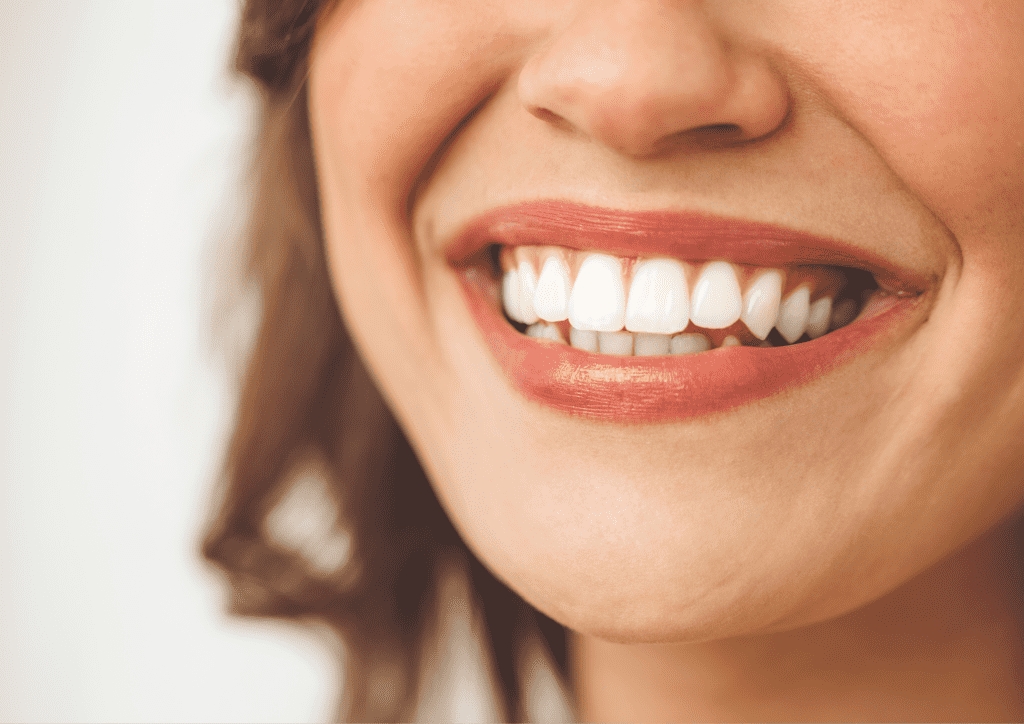
Orthodontic treatment becomes necessary when you have misaligned teeth, jaw, or bite problems. Ignoring these issues can lead to further dental complications like increased risk of decay and gum diseases. Besides, who wants to deal with an uneven smile or protruding teeth? However, many people are hesitant to undergo orthodontic treatment due to concerns about aesthetics. Traditional braces have long been the go-to solution, but their noticeable metal wires and brackets can be a deterrent. Luckily, there are now more aesthetically pleasing options available, such as Invisalign aligners and lingual braces. If you’re seeking a discreet orthodontic treatment for correcting crooked, gapped, or overcrowded teeth and find yourself deciding between lingual braces vs Invisalign, we’re here to assist you. In this blog, we’ll provide a comprehensive breakdown of Invisalign and lingual braces pros, cons and characteristics to allow you to make an informed decision.
What is Invisalign?
Invisalign is an orthodontic treatment which involves using a series of custom-made aligners to correct teeth misalignment and bite problems. The aligners are made of a clear plastic material that is virtually invisible when worn. This makes it a popular alternative to traditional braces, especially for teenagers and adults looking for discreet teeth straightening treatment options.
Invisalign utilises 3D imaging technology to create a treatment plan tailored to your specific needs, showing you each stage of your smile transformation. Your teeth impressions are taken to create custom aligners for a precise fit. Each set must be worn for around 7 – 10 days before moving on to the next tray in the series.
An initial consultation with your dentist can help determine if you’re a suitable candidate for Invisalign.
Advantages
Some of the advantages of Invisalign include:
Invisalign offers a more aesthetic option than traditional braces because they’re almost invisible when worn.
Invisalign aligners are customised for your teeth, fitting snugly for a comfortable fit. There are no brackets and wires that can lead to tooth and gum abrasion.
Invisalign aligners are removable, making it easy to maintain your oral hygiene. You can take them off for brushing, flossing, and eating your favourite foods.
Invisalign treatment involves fewer and shorter visits to the dentist as there is no need to adjust brackets and wires.
With Invisalign, there’s minimal disruption to your life because of its subtle appearance, allowing you to continue your normal social activities and daily routine.
Disadvantages
Invisalign may not be suitable for complex orthodontic problems such as teeth intrusion or extrusion, as well as for people with dental restorations such as bridges and veneers.
Invisalign aligners must be worn for 20 to 22 hours daily to achieve the desired results. If the aligners are not worn as recommended, it may prolong the treatment time or affect the outcome, so you must be completely committed to the treatment.
Invisalign aligners require regular cleaning to prevent staining and the buildup of bacteria. This maintenance may not be easy for everyone.
Aligners can be lost or damaged if not cared for properly. This requires responsibility and can incur added expense if you lose or damage your aligners.
What are Lingual Braces?
Lingual braces are made of metal brackets and wires and worn on the back of your teeth, making them a more aesthetic option than traditional braces. Lingual braces are customised for your teeth and require regular visits to the dentist for adjustments as your teeth change position.
Advantages
Some of the advantages of lingual braces include:
Lingual braces are less visible than traditional braces as they are fitted behind the teeth.
Lingual braces can correct almost all orthodontic issues, offering similar treatment outcomes to traditional braces.
Disadvantages
Lingual braces are generally more expensive than both traditional braces and Invisalign. The cost can depend on various factors, such as the complexity of your case and treatment time.
Lingual braces can be difficult and time-consuming to fit. This makes for longer dental visits, from the initial application to every time you need an adjustment.
Oral hygiene already represents a challenge when brackets and wires are involved. It’s difficult to get the food particles and debris out as the wires are permanently fixed onto your teeth. Cleaning your teeth effectively from the back requires patience and extra time to ensure your teeth are clean.
Lingual braces may lead to temporary speech difficulties or a lisp as the tongue adjusts to the presence of the braces.
Lingual Braces vs Invisalign: Which Treatment is Right for You
Invisalign and lingual braces are two proven orthodontic treatments which offer a discreet alternative to traditional braces. With each having unique characteristics, benefits and drawbacks, choosing the right treatment depends on your orthodontic requirements, preferences, and budget.
Here are some factors to consider when deciding between the two:
Orthodontic Needs
Assess the complexity of your orthodontic issues. Invisalign is suitable for a wide range of mild to moderate cases, while lingual braces can address more complex orthodontic problems that require extensive tooth movement or bite adjustments. Metal can exert more pressure on each tooth when compared to clear aligner options. But Invisalign offers tooth-coloured attachments to exert pressure on specific teeth. The buttons are permanently bonded to your teeth for the duration of the treatment and gently removed when you’ve reached the desired goal. Only a consultation and evaluation with your dentist can provide clarity on which treatment may best align with your needs, both aesthetic and dental.
Aesthetics
Invisalign aligners are nearly invisible, while lingual braces are hidden behind the teeth. Both are less noticeable than braces, but your comfort level with each treatment will probably be the discerning factor when choosing one.
Comfort and Adaptation
Consider your comfort level and ability to adapt. Lingual braces may cause initial discomfort and speech adjustments due to their positioning on the back of the teeth. In contrast, Invisalign aligners are smooth and typically have minimal impact on speech.
Oral Hygiene
Reflect on your commitment to oral hygiene. Invisalign aligners can be easily removed for brushing and flossing, allowing for better oral hygiene maintenance. Lingual braces require careful cleaning and may present challenges in reaching certain areas.
Compliance
Evaluate your ability to comply with treatment requirements. Invisalign aligners need to be worn for 20 to 22 hours every day to achieve desired results. Lingual braces are always in place and do not rely on patient compliance. Invisalign for teens offers a blue compliance button built into the aligners to help track the number of hours you wear the aligners to achieve successful outcomes.
Treatment Duration
Discuss treatment duration with your dentist. In some cases, lingual braces may offer faster treatment times compared to Invisalign. However, each case is unique, and your dentist can provide a more accurate estimate based on your specific needs.
Cost
Compare the cost of both treatment options. Lingual braces tend to be more expensive than Invisalign due to their customisation and specialised placement. Consider your budget and insurance coverage when deciding.
Availability
Check the availability of dentists offering lingual braces or Invisalign in your area. Not all dental practices may provide both options, so ensure you have access to a qualified provider.
Ready for a More Aligned Smile?
At Dana Street Dental, we offer a range of orthodontic treatments tailored to your dental needs and lifestyle. With the latest in dental technology and techniques and a team of caring dentists to support you throughout your smile journey, we’re here to help you achieve a healthy and symmetrical smile. Talk to our Ballarat dentists to find the right treatment option for you.














